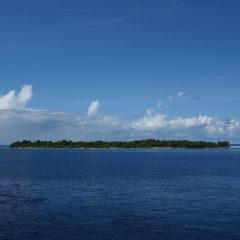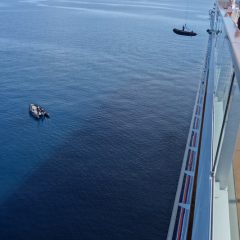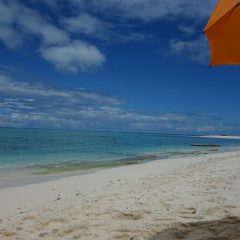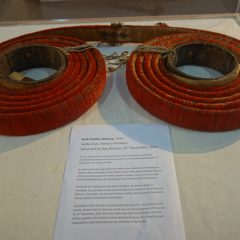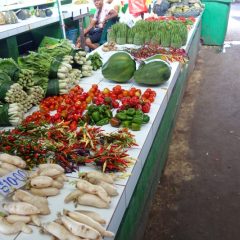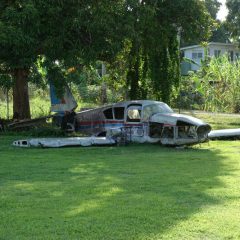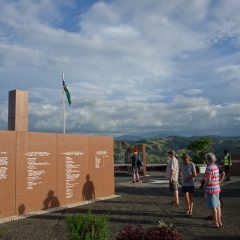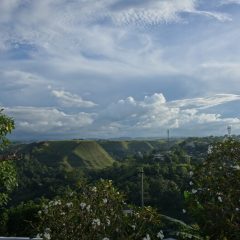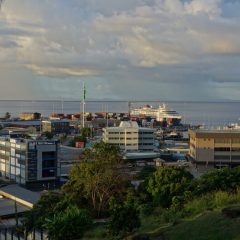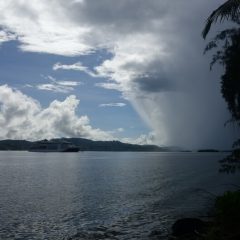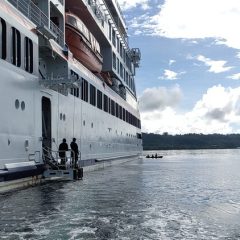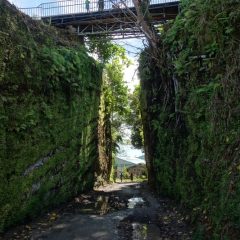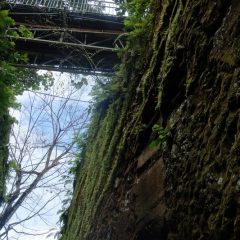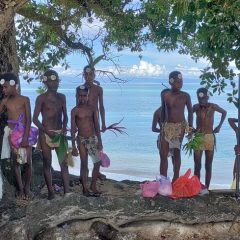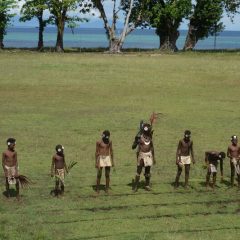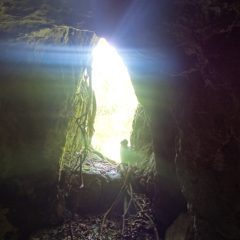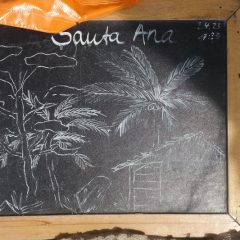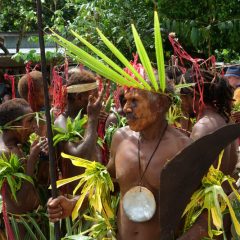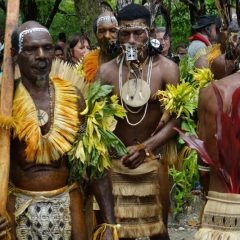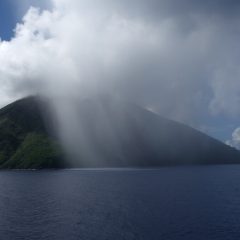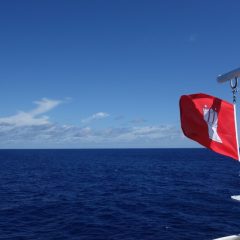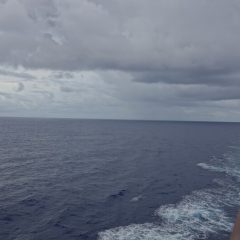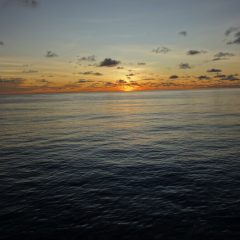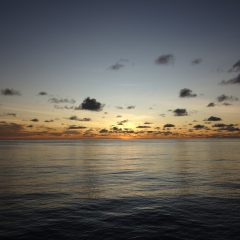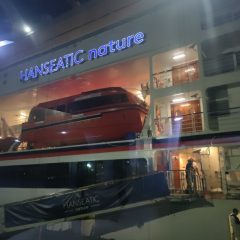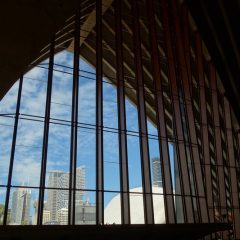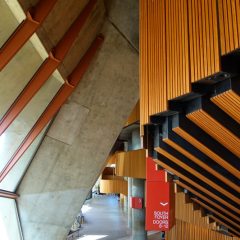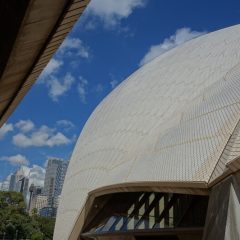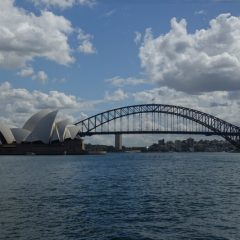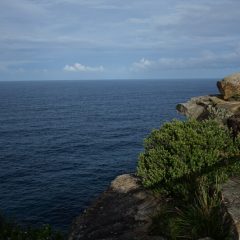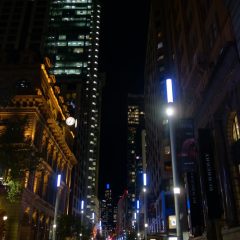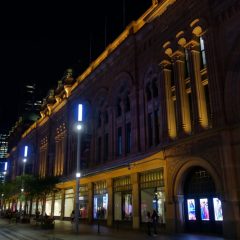Who does not dream of that break on uninhabited, remote South Sea island, complete with that palm-fringed beach, nice warm water and a nearby reef for a bit of snorkeling?
Well – we were about to turn that dream into reality. It had taken us 500 nautical miles and a full day at sea since we left Honiara – and now we were at Siva Island, one of the Duperre Islands and part of the Bramble Haven atoll in the Louisiade Archipelago.
We made it here in the morning; the Papua New Guinean officials were already waiting for us – and after the ship had been declared into the country, the preparation for our landing in this South Sea paradise moved into gear. Quickly later the first zodiacs were on their way to the island – and we were set for a full day beach stop. This meant plenty of time for relaxation at the beach (at least until some idiot in the afternoon brought a Bluetooth speaker along), swimming, great snorkeling (plenty of fish at the reef drop) and an island walk. There was also stand-up paddling and kayaking available (but I did not bother).


